Week 01. Principles and practices
01.16.19 Class
On January 16 we started the Fab Academy, in this first session Neil and his brothers explain how the fablabs network has evolved over the years in line with the evolution of electronics and new technologies. We also have the pleasure of going around the world knowing the rest of the fablabs who are also going to start this great adventure.
To finish this first session, Neil proposes the first assignment. This consists in devising the final project of our course. Next, I begin by explaining the ideas that have arisen and the antecedents of all of them.
Antecedent
The antecedent of my three main ideas is the Fab Bike project, this is my thesis for the degree of automobile engineering that I have made. This project consists of the open source development of a bicycle frame manufactured entirely with machinery which can be found in any fab lab in the world. This frame is made of birch plywood and PLA. Laser cutting and 3D printing have been used as manufacturing techniques. The rest of the pieces used in its assembly have been recycled from a 1980 bicycle. Here are some images of the process and the final result.
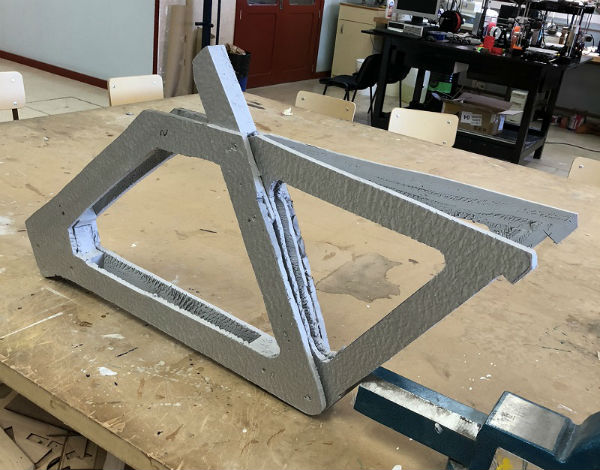
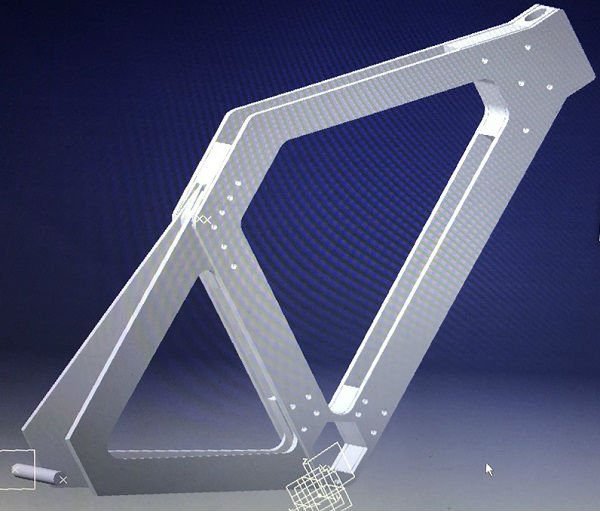
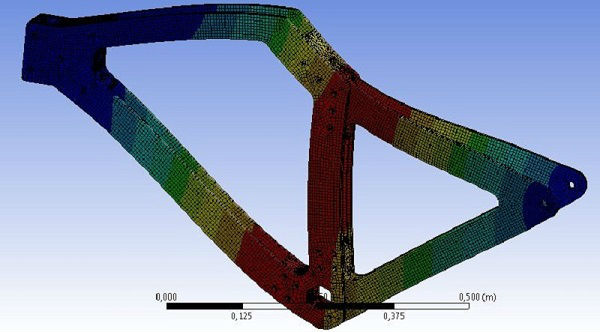
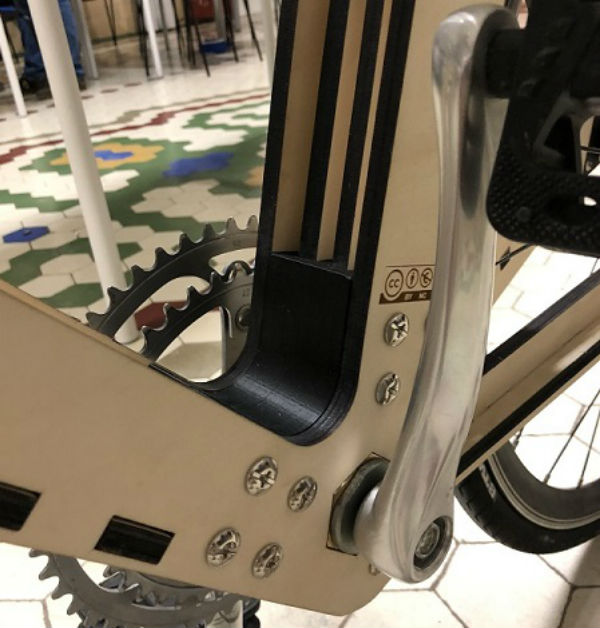
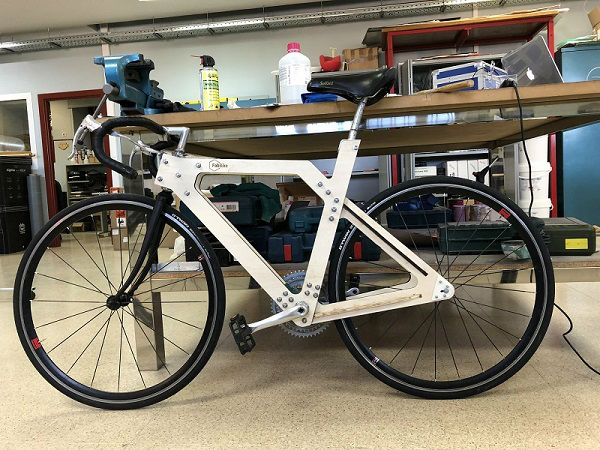
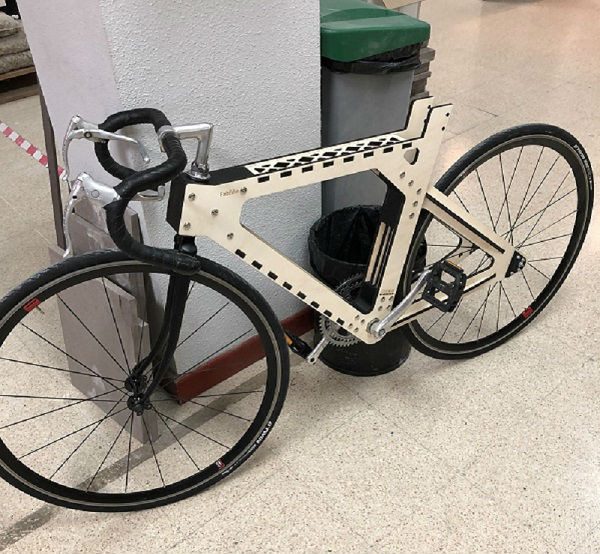
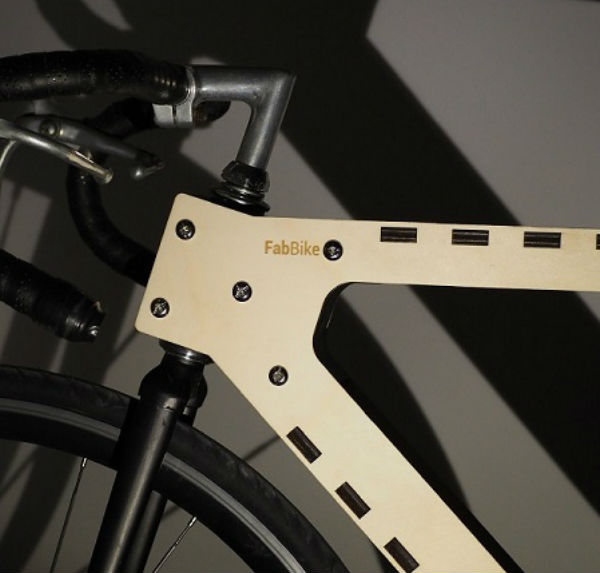
In addition, I attach a link to the project’s thesis (it is in Spanish, I’m in the process of translation, sorry for the inconvenience), so that anyone can replicate and evolve it.
FabBike project
After this introduction I want to describe my three main ideas.
Idea 1
Bicycle electrification: This idea consists of introducing to the Fab Bike project a front Wheel electric engine, with a battery for its power supply, a pedaling cadence sensor to start the engine operation (since manual activators are prohibited by law in our country), a sensor in the brake lever for deactivation when braking and all of this controlled by a “bicycle brain” . Perhaps the possibility of installing a recharging dynamo.
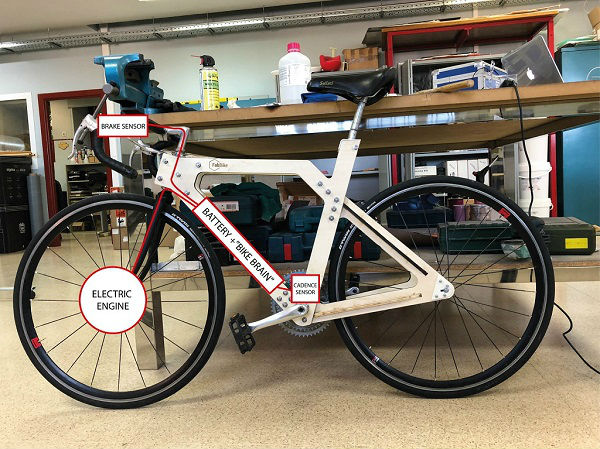
Idea 2
Pollution sensors: The second idea is the installation of pollution sensors in the Fab Bike project to capture the contamination levels of each journey and show them to the user in a mobile application, so that they can choose the most healthy route. These sensors are controlled by the “bicycle brain”. In addition, this kit would not be made exclusive for the fab bike but for any bike and in this way be able to create a network of users who share their data and improve their routes around the city.
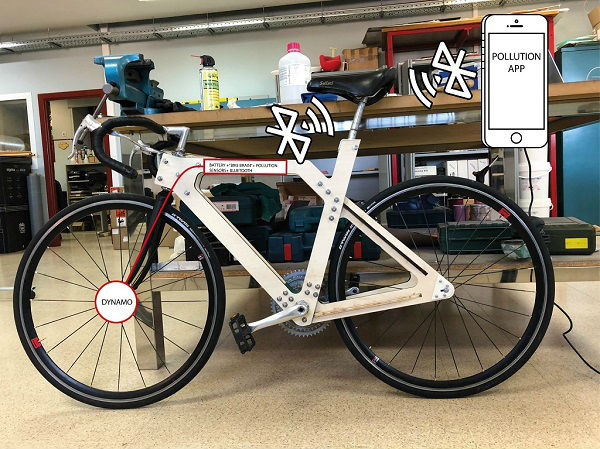
Idea 3
Security sensors: Also thinking about using the Fab Bike project as the base, the idea is to assemble a series of inputs and outputs to improve the safety of the bicycle user. These inputs and outputs consist of distance sensors for cars, lighting sensors, information screens, etc. Everything commanded by the “bicycle brain”.
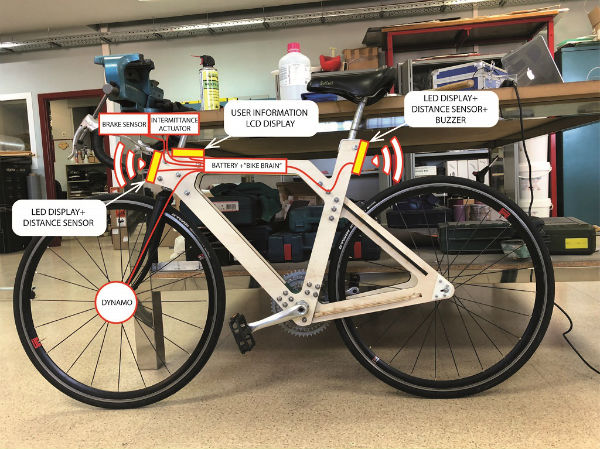
Conclusions
The 3 ideas converge on giving to the bicycle a “brain” so that it can be given some autonomy to it. In addition, the three ideas can be combined with each other and can work together as well as separately.
